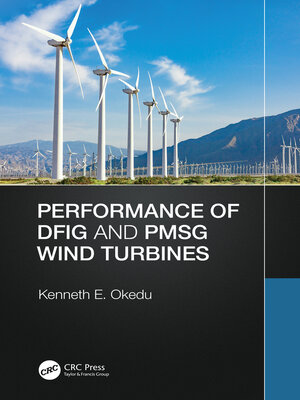
Sign up to save your library
With an OverDrive account, you can save your favorite libraries for at-a-glance information about availability. Find out more about OverDrive accounts.
Find this title in Libby, the library reading app by OverDrive.



Search for a digital library with this title
Title found at these libraries:
| Library Name | Distance |
|---|---|
| Loading... |
Due to environmental pollution and climate change, the use of renewable energy sources as an alternative means of power generation is on the rise globally. This is because of their clean nature, which makes them ecofriendly with little or no pollution compared to the traditional fossil fuel power-generation power plants.
Among the various renewable energy sources, wind energy is one of the most widely employed, due to its promising technology. Wind turbine technologies could be classified into two groups as follows: Fixed Speed Wind Turbines (FSWTs) and Variable Speed Wind Turbines (VSWTs). There have been tremendous improvements in wind turbine technology over the years, from FSWTs to VSWTs, as a result of fast innovations and advanced developments in power electronics. Thus, the VSWTs have better wind energy capture and conversion efficiencies, less acoustic noise and mechanical stress, and better power quality in power grids without support from external reactive power compensators due to the stochastic nature of wind energy.
The two most widely employed VSWTs in wind farm development are the Doubly Fed Induction Generator (DFIG) and the Permanent Magnet Synchronous Generator (PMSG) wind turbines. In order to solve transient stability intricacies during power grid faults, this book proposes different control strategies for the DFIG and PMSG wind turbines.







